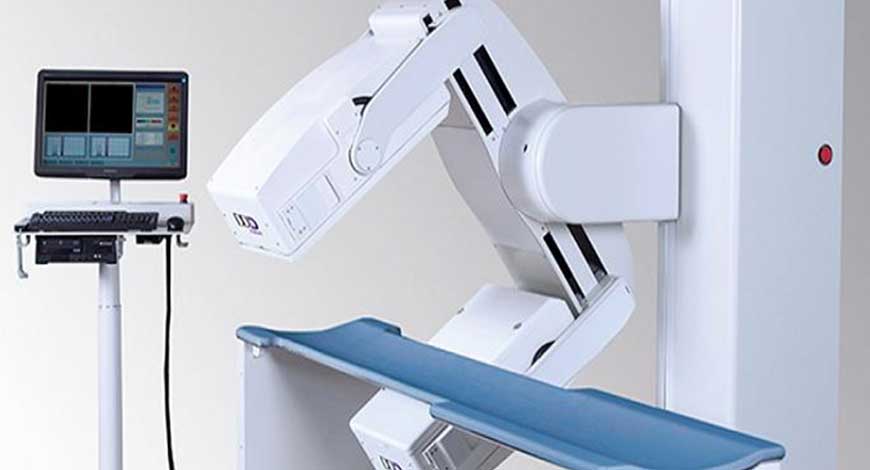The global mobile gamma cameras market is projected to grow at a CAGR of 7.3% from 2026 to 2033, according to Verified Market Reports®. The report reveals that the market was valued at USD 450 million in 2024 and is expected to reach USD 800 million by the end of the forecast period.
Mobile gamma cameras market: Trends and opportunities
Point-of-care nuclear imaging acceleration: Hospitals and ambulatory centers are prioritizing bedside nuclear imaging to triage cardiology and oncology cases faster, compressing door-to-diagnosis times and boosting throughput in acute care workflows.
Miniaturization meets sensitivity: Advances in solid-state detectors (CZT), low-noise electronics, and optimized collimators are lifting count efficiency and spatial resolution in compact footprints—unlocking new procedural use cases in crowded cath labs and ORs.
OR-ready intraoperative guidance: Surgeons rely on portable gamma cameras for sentinel lymph node mapping and radioguided occult lesion localization, marrying nuclear signals with surgical navigation to improve margin confidence and cut re-excisions.
AI-assisted workflow: On-device reconstruction, noise suppression, and real-time quality scoring reduce operator dependency, raise first-scan success rates, and support staff-constrained providers.
Reimbursement and regulatory momentum: Procedure codes for SLN biopsy and thyroid imaging sustain utilization, while radiation dose-tracking and device-safety standards shape purchasing criteria and vendor roadmaps.
Emerging market adoption: Public-private investments in oncology and cardiac care are seeding portable imaging fleets across Asia and Latin America, where flexible capex models and mobile clinics drive market penetration strategies.
The Mobile Gamma Cameras Market is transitioning from niche adjunct to an essential node in decentralized nuclear medicine. Buyers prioritize devices that shorten care cycles, integrate seamlessly with surgical and ED workflows, and deliver predictable image quality at lower total cost of ownership. Winning strategies focus on clinical differentiation (OR-grade performance, low-dose protocols), ecosystem integration (DICOM-ready, HL7/FHIR bridges, PACS/VNA compatibility), and service models (uptime guarantees, detector health analytics). Vendors that align with hospital value-based care metrics—faster time to decision, fewer repeat scans, and improved care coordination—are best positioned for sustainable share gains. Verified Market Reports


